Mary Elizabeth Jenkins was born in 1823 in Prince George’s County, Maryland. At an early age, she converted from the Episcopal faith to Roman Catholicism. In 1840, she married John Harrison Surratt, and they had three children: Isaac Douglas (b. 1841); Elizabeth Susannah (Anna) (b. 1843), and John Harrison Jr. (b. 1844). After moving around several times, the family settled near where the southernmost border of the District of Columbia meets Maryland in 1852. They built a farmhouse, which also served as a tavern, and the area grew into what became known as Surrattsville. When the Civil War began, the slaveholding Surratts supported the Confederacy. John Surratt Sr. was a vocal secessionist, and Isaac joined the Confederate cavalry. The Surratt home became a safe house in southern Maryland for the Confederate underground, which was a courier system from Richmond, Virginia to Canada. John Surratt Sr. died in 1862 and left Mary Surratt in deeply in debt. John Surratt Jr. left school and became involved in espionage for the Confederacy, carrying dispatches to Canada. Other Confederate couriers made frequent stops at the Surratt tavern in Maryland. Unable to make ends meet, Mary Surratt decided to rent the Surrattsville property to John Lloyd and to move into a rowhouse that the family owned in Washington, DC. She opened it as a boardinghouse to earn additional money.
John Surratt continued to operate as a courier based in Washington. In December 1864, Dr. Samuel Mudd introduced him to the actor John Wilkes Booth, who recruited young Surratt into his plot to kidnap President Abraham Lincoln. Mary Surratt, as the owner of the house, boarded Confederate agents and Booth’s fellow conspirators, George Atzerodt and Lewis Powell (alias Lewis Paine). Booth was a frequent visitor to the boardinghouse, according to fellow boarder and John Surratt’s friend, Louis Wiechmann. Booth’s attempt to kidnap Lincoln failed in March 1865, but John Surratt, Atzerodt and fellow conspirator David Herold left two shooting irons (handguns), ammunition, and other supplies at the Surrattsville home. The weapons remained there until the night of April 14.
On April 14, the conspirators attempted a mass assassination of federal government officials. Lewis Powell nearly killed Secretary of State William H. Seward; George Azerodt failed to make the attempt to kill Vice President Andrew Johnson; and another target, General Ulysses S. Grant, changed his plans to come to Washington, and there was no attempt on his life. The only successful attempt was by John Wilkes Booth, who shot Abraham Lincoln in the back of the head at Ford’s Theatre, and Lincoln died the following morning.
Mary Surratt was convicted as a co-conspirator in the plot to assassinate President Abraham Lincoln. She was hanged and became the first woman to be executed by the federal government.
On September 23, 2011 and October 3, 2011 the retrials of Mary Surratt were held in Chicago and Springfield, respectively. They were interactive performances whereby the audience acted as the judge and jury. In both cases, Mary Surratt was found guilty, but not sentenced to hanging.
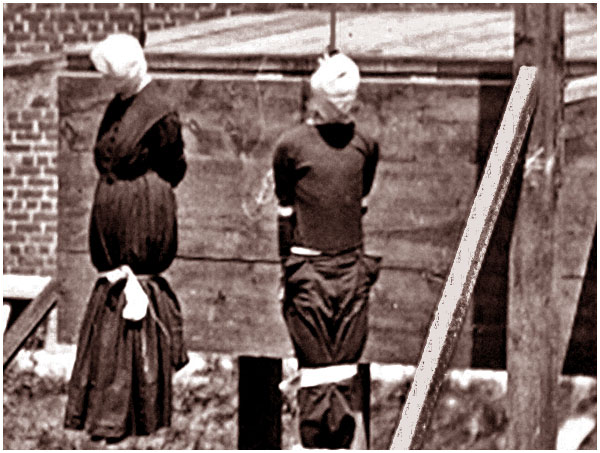 Hanged bodies of two of the conspirators, Mary Surratt on left.
Hanged bodies of two of the conspirators, Mary Surratt on left.
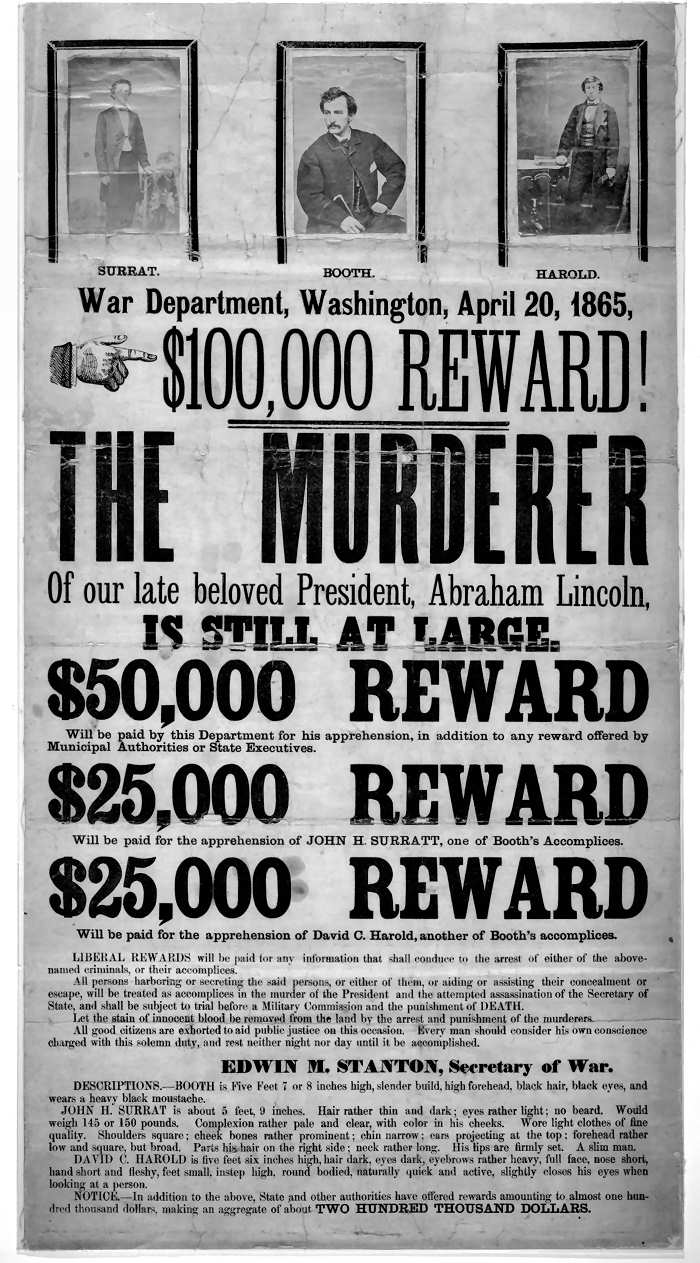 Wanted poster
Wanted poster
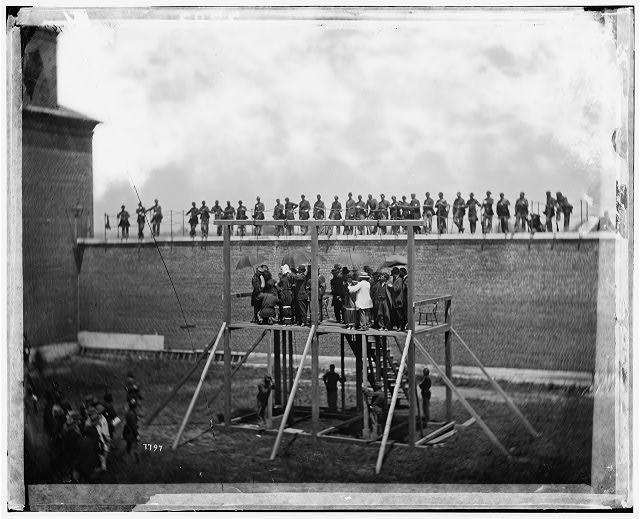 The conspirators prepped before hanging
The conspirators prepped before hanging
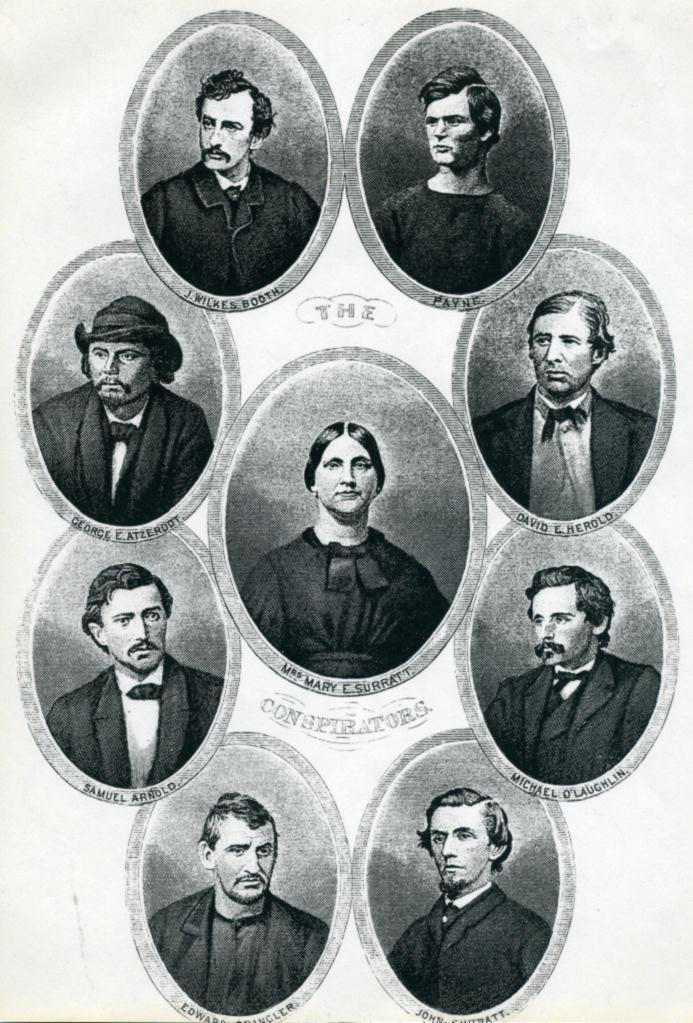 Poster of all conspirators, with Mary Surratt at center
Poster of all conspirators, with Mary Surratt at center
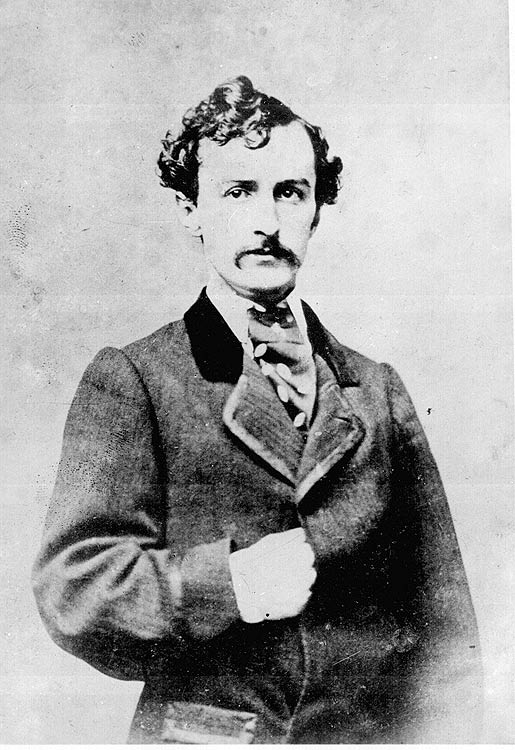 John Wilkes Booth
John Wilkes Booth
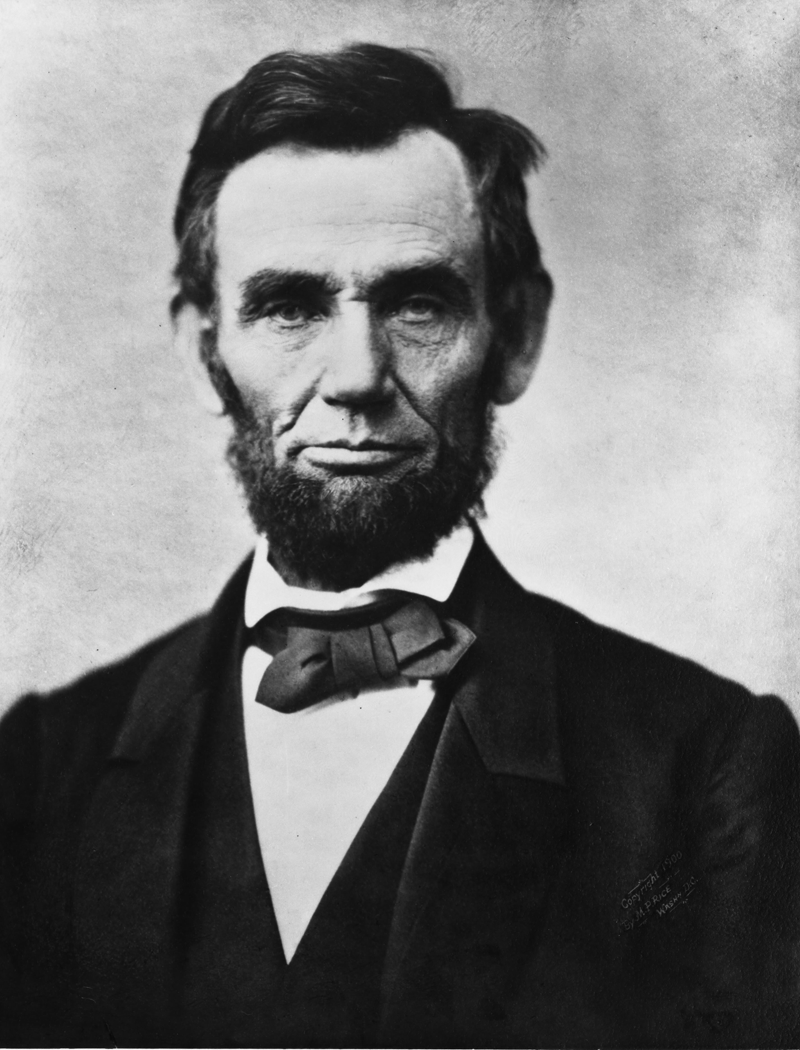 Abraham Lincoln
Abraham Lincoln
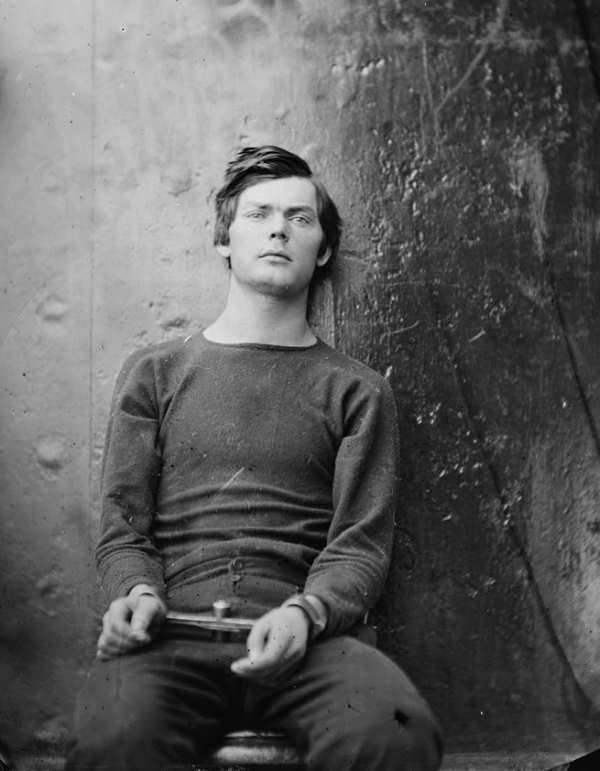 Lewis Powell (Payne)
Lewis Powell (Payne)
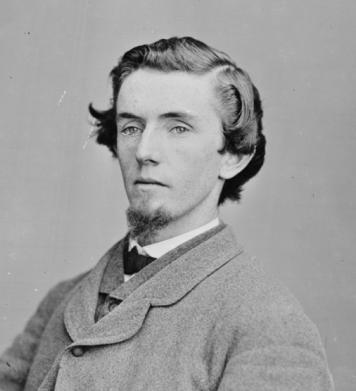 John Surratt Jr
John Surratt Jr
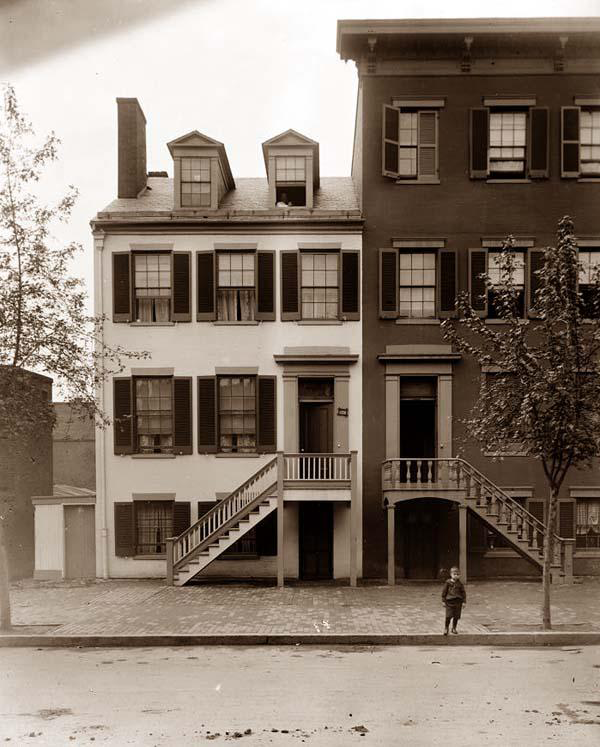 Mary Surratt’s Boarding House in Washington DC.
Mary Surratt’s Boarding House in Washington DC.
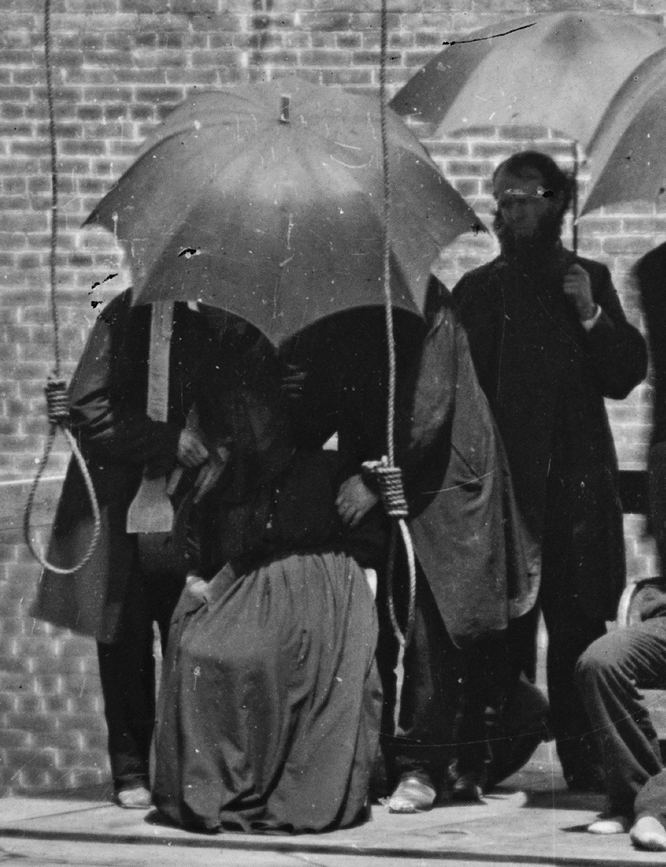 Mary Surratt prepped before hanging
Mary Surratt prepped before hanging
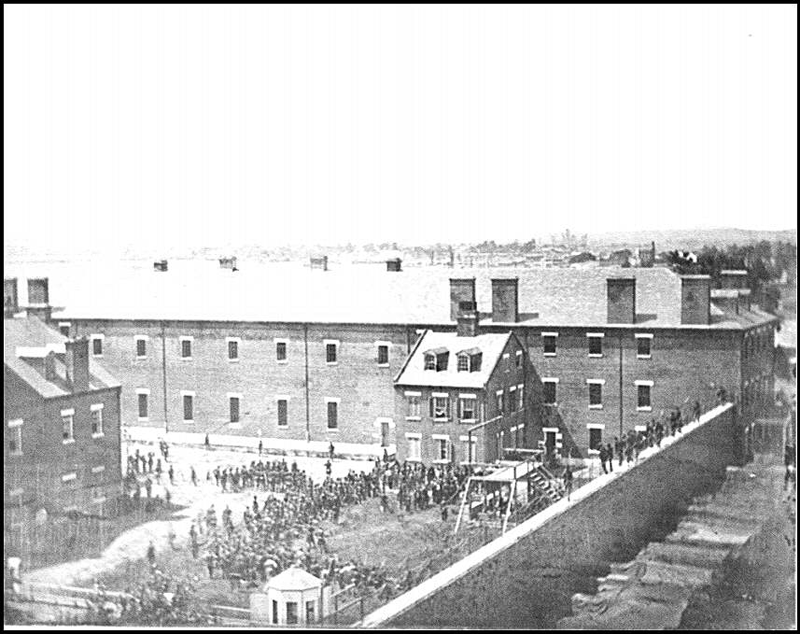 The Washington Navy Yard
The Washington Navy Yard
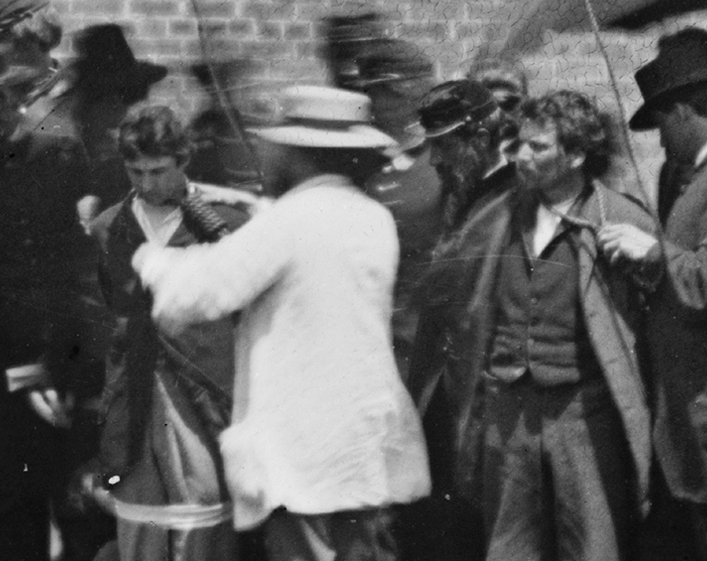 The conspirators prepped before hanging.
The conspirators prepped before hanging.
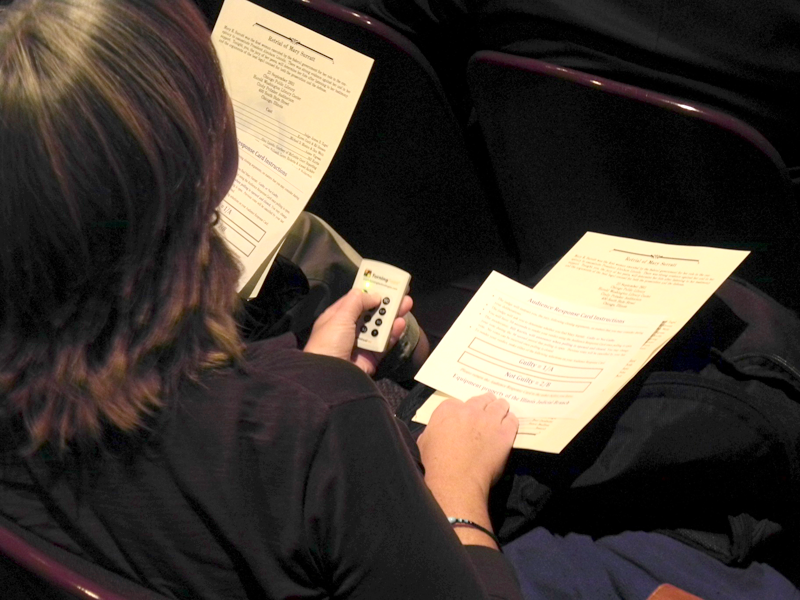 At retrial, audience members serve as jurors with voting instruments.
At retrial, audience members serve as jurors with voting instruments.
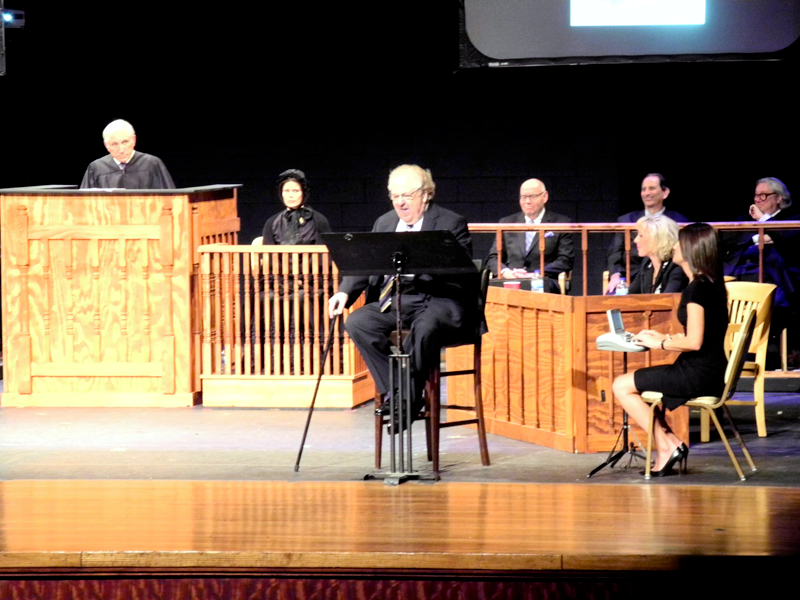 Ed Genson giving closing arguments for Mary Surrat
Ed Genson giving closing arguments for Mary Surrat
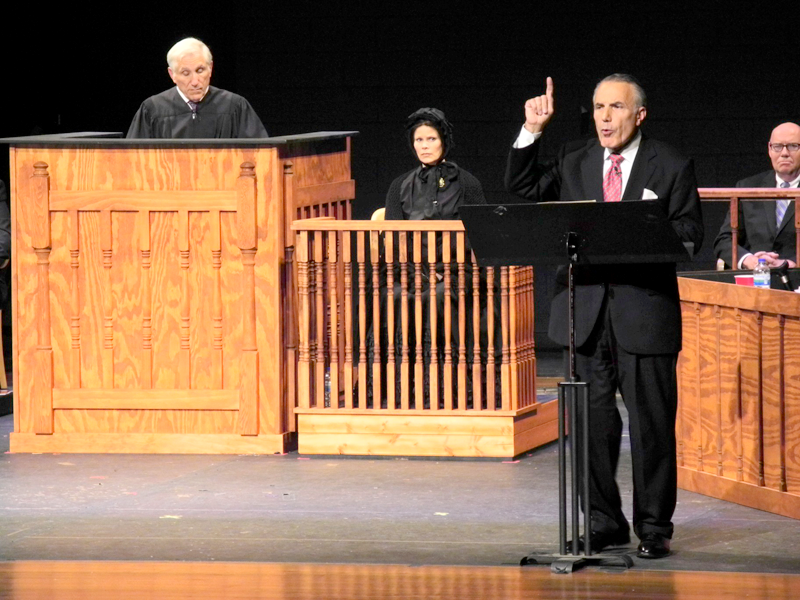 Mike Monaco giving closing arguments for the prosecution
Mike Monaco giving closing arguments for the prosecution
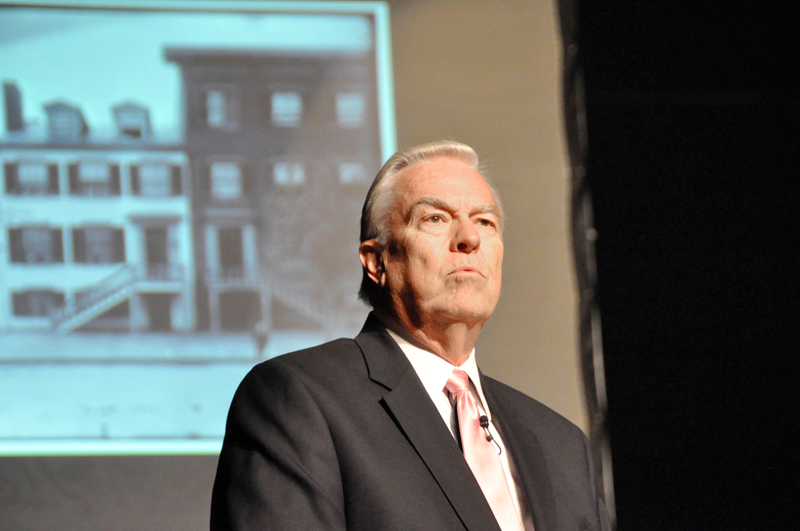 Bill Kurtis introduces the retrial
Bill Kurtis introduces the retrial